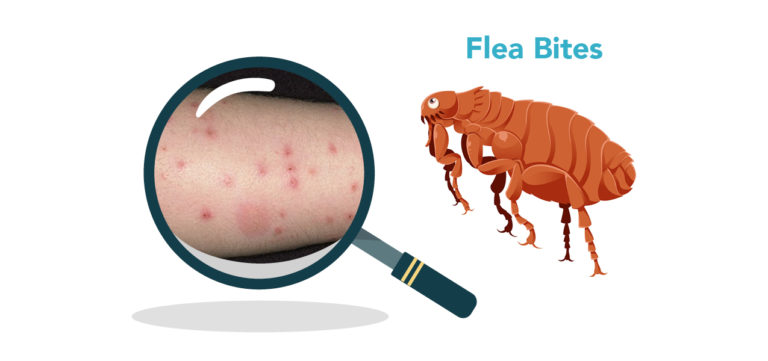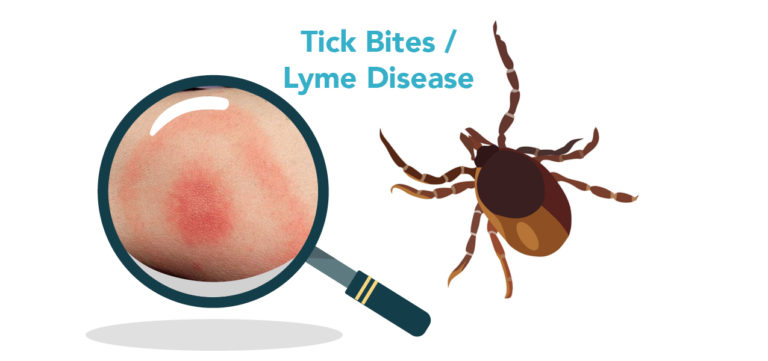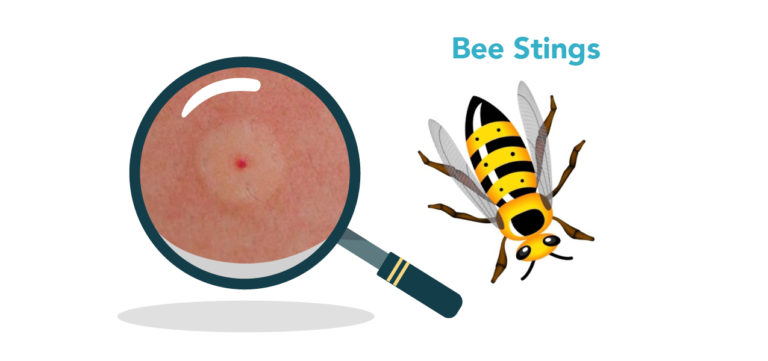Quick Links
Bites and infestations from insects and animals can cause mild to serious reactions. The skin experts at Trillium Creek Dermatology can diagnose and treat a wide range of bites and infestations, some of which require prolonged treatment with specialized medications to ensure eradication. We are serving the following communities and those surrounding: Wooster, Wadsworth, Medina, Brunswick, Strongsville, and Hinkley.
Types of Bites
Black Widow Spider

Bites from the black widow spider and the brown recluse spider cause, while rare, can be very serious. The bites themselves can be painful, and other symptoms can include abdominal pain, muscle cramping, headache, nausea, and vomiting.
Flea Bites

Bites from fleas are more common and cause redness and itching, usually on the legs, and can cause scarring if itching is not controlled. Some individuals are hypersensitive to flea bites, causing severe redness and itchiness.
Flea Treatment
The Trillium Creek Dermatology skin experts will recommend a course of treatment for spider bites ranging from ice applied to the bite location to pain medications and/or muscle relaxants, depending on the severity of the reaction.
Flea bites can be treated in a number of ways, including topical lotions to control itch, antibiotics if the bites have become infected, and mild to moderate strength topical steroids if symptoms persist. While fleas do not generally live on humans, fleas must be eradicated from pets and the environment (pet bedding, carpet, etc.) or biting will continue.
Lice Bites

Lice are tiny, wingless insects that infest human hair. The three types of lice are head lice, body lice, and pubic lice (commonly called crabs). Head lice are easily spread among school-age children through close contact and sharing personal belongings. Unlike fleas, lice cannot survive on other animals or furniture, so eradication from home or school is not necessary.
Lice Treatment
Your Trillium Creek Dermatology skin experts can offer you a wide range of treatments including shampoos, rinses, lotions, and combs that will eradicate adult insects as well as any eggs (nits) that have been laid. It is important to follow usage directions carefully, because younger lice and nits may not be eradicated during the initial treatment. While many over-the-counter treatments are effective, lice have emerged that are resistant to a number of common treatments, so recurring cases may require specialized treatment from a skin expert.
Lyme Disease

Lyme disease is transmitted to humans by the bite of a black-legged tick (a.k.a. deer tick) carrying the bacterium Borrelia burgdorferi. The initial reaction to the bite is called an erythema migrans, a bright red, bulls-eye-shaped inflammation. The bulls-eye lesion can become large (4 inches in diameter) and additional sites can erupt. Additional symptoms can include fever, headache, and fatigue. If left untreated, Lyme disease can result in heart problems, sleep disturbances, nervous system disorders, and arthritis.
Lyme Disease & Tick Treatment
Your Trillium Creek Dermatology skin expert will assess the progression and severity of your condition. In most cases, Lyme disease can be treated with antibiotics, especially if treatment is begun early in the course of illness. It is important that you follow through with all antibiotic treatments. Consult with your Trillium Creek Dermatology Medical Professional in the event that your symptoms do not respond so additional steps can be taken to eradicate the disease.
Scabies

Scabies is an infestation of the skin with the microscopic mite Sarcoptes scabei. It is intensely itchy, especially at night, and secondary infections are common as a result of scratching. Scabies can spread easily where there is frequent skin-to-skin contact between people, such as in hospitals, institutions, child-care facilities, and nursing homes.
Scabies Treatment
Your Trillium Creek Dermatology skin experts can prescribe one of a number of lotions or pills that are highly effective in eradicating scabies. The mite that causes scabies does not generally survive away from the human body, so it is not necessary to treat pets or the immediate environment. However, it is important to wash all clothing, bedding, and towels used by the infested person with hot water and dry with high heat to eradicate mites.
Stings

Insect stings are most common from bees, hornets, wasps, yellow jackets, fire ants, and sometimes scorpions. Stings themselves are not generally dangerous, but an allergic reaction to a sting can cause a serious reaction (shortness of breath, wheezing, nausea, abdominal cramps, and swelling) that can be fatal, especially in a hypersensitive person over 40 who is stung on the head or neck.
Sting Treatment
Seek immediate medical treatment if you suspect a serious, adverse reaction to a sting. Severe reactions can be treated with a shot of adrenaline, and emergency kits are available for individuals with known allergies to stings. Honey bees are the most common source of stings and the only ones who deposit their stinger into the skin. Remove the stinger as quickly as possible to minimize the effects of the sting. Apply ice and cool wet dressings to relieve pain and swelling. Your Trillium Creek Dermatology skin experts may recommend antihistamines and/or prednisone depending on the severity of the reaction.



